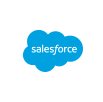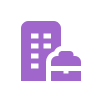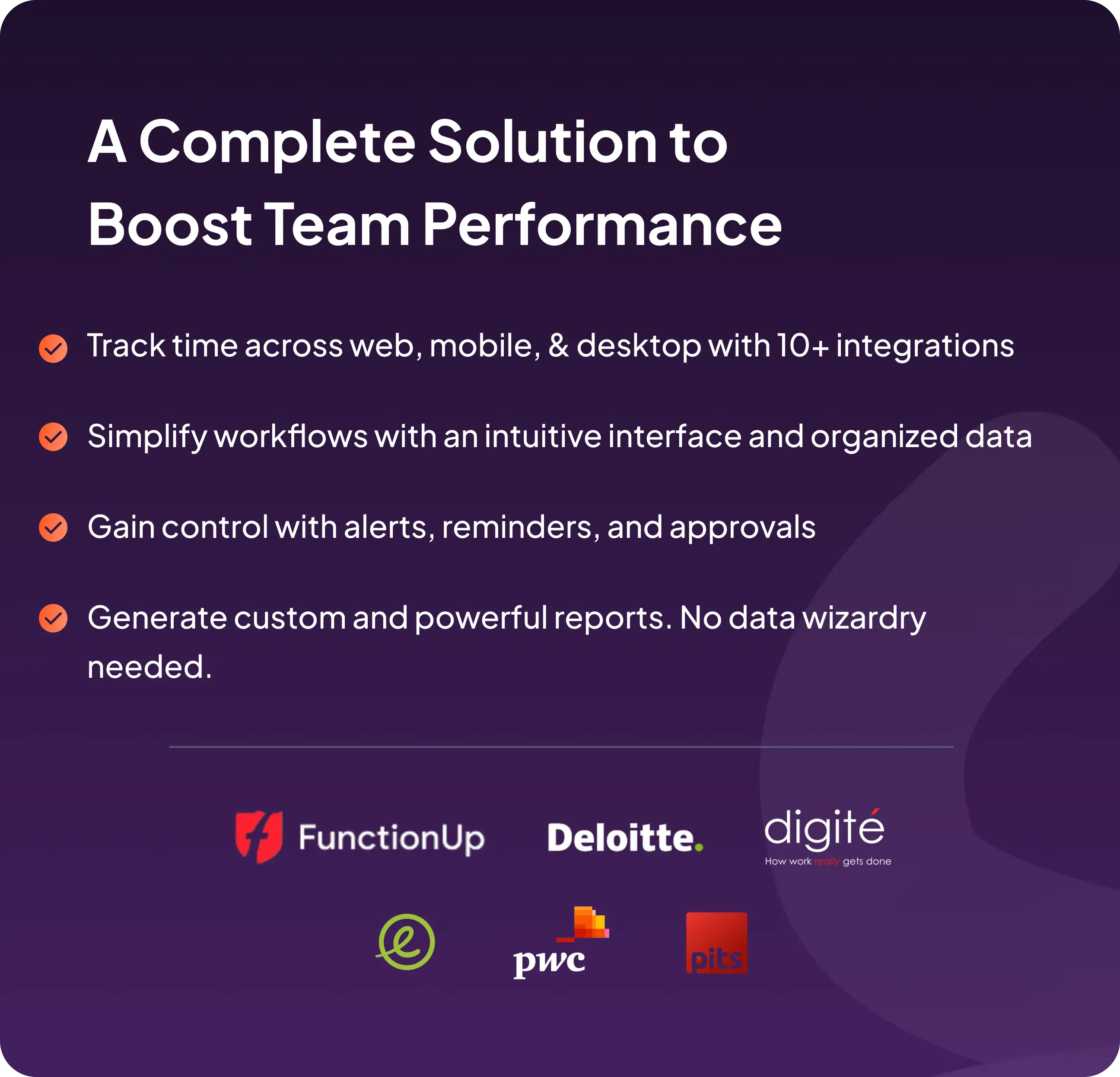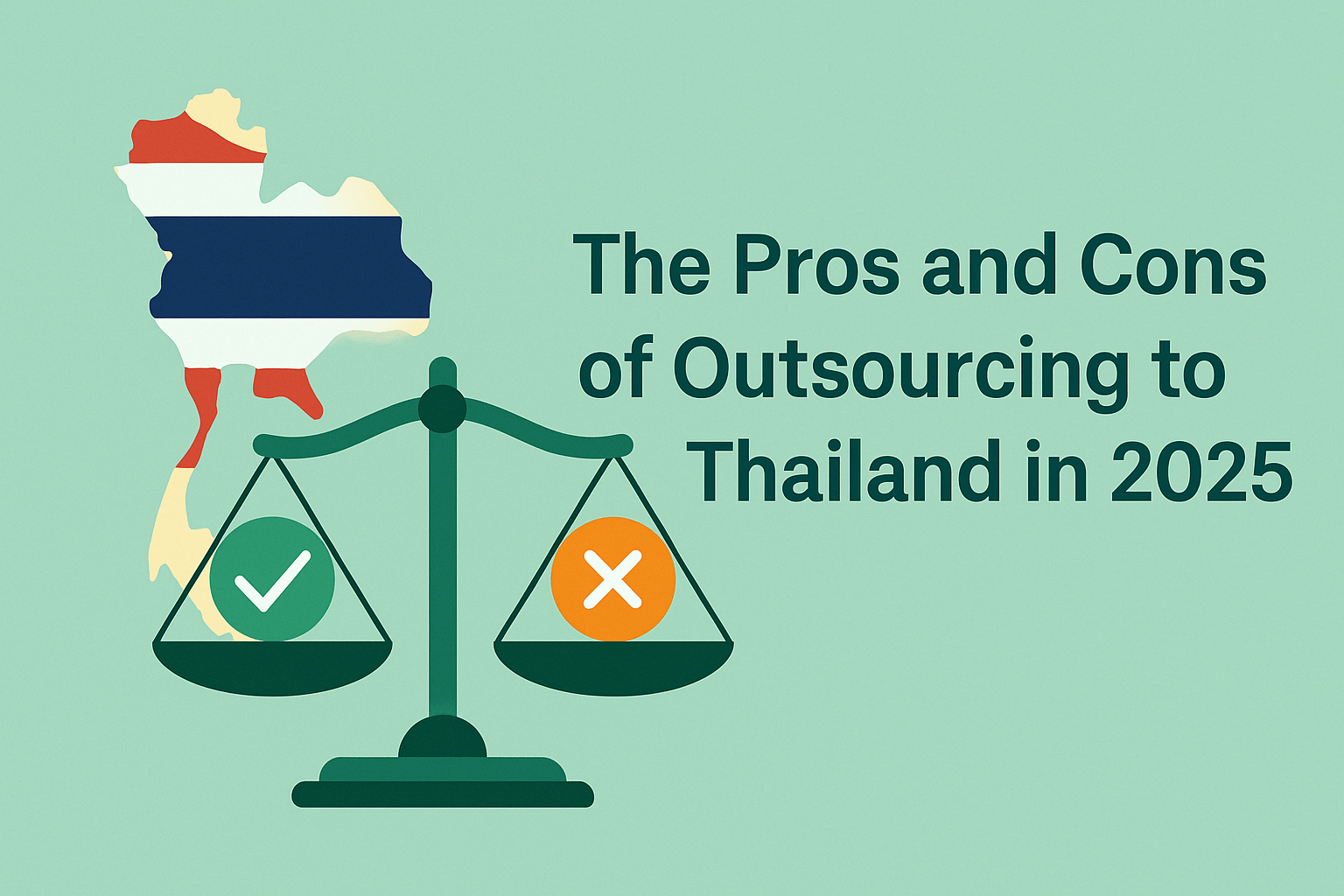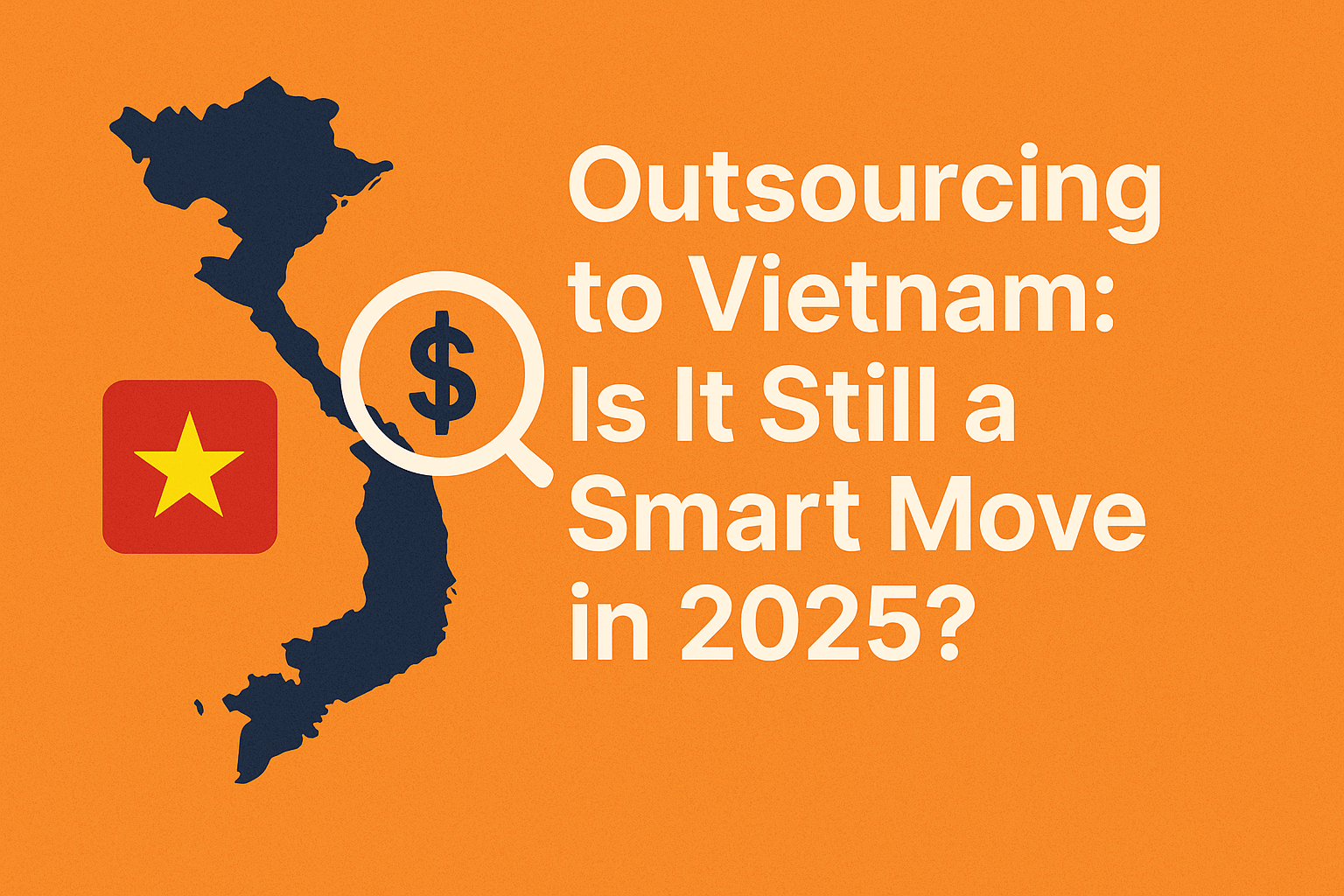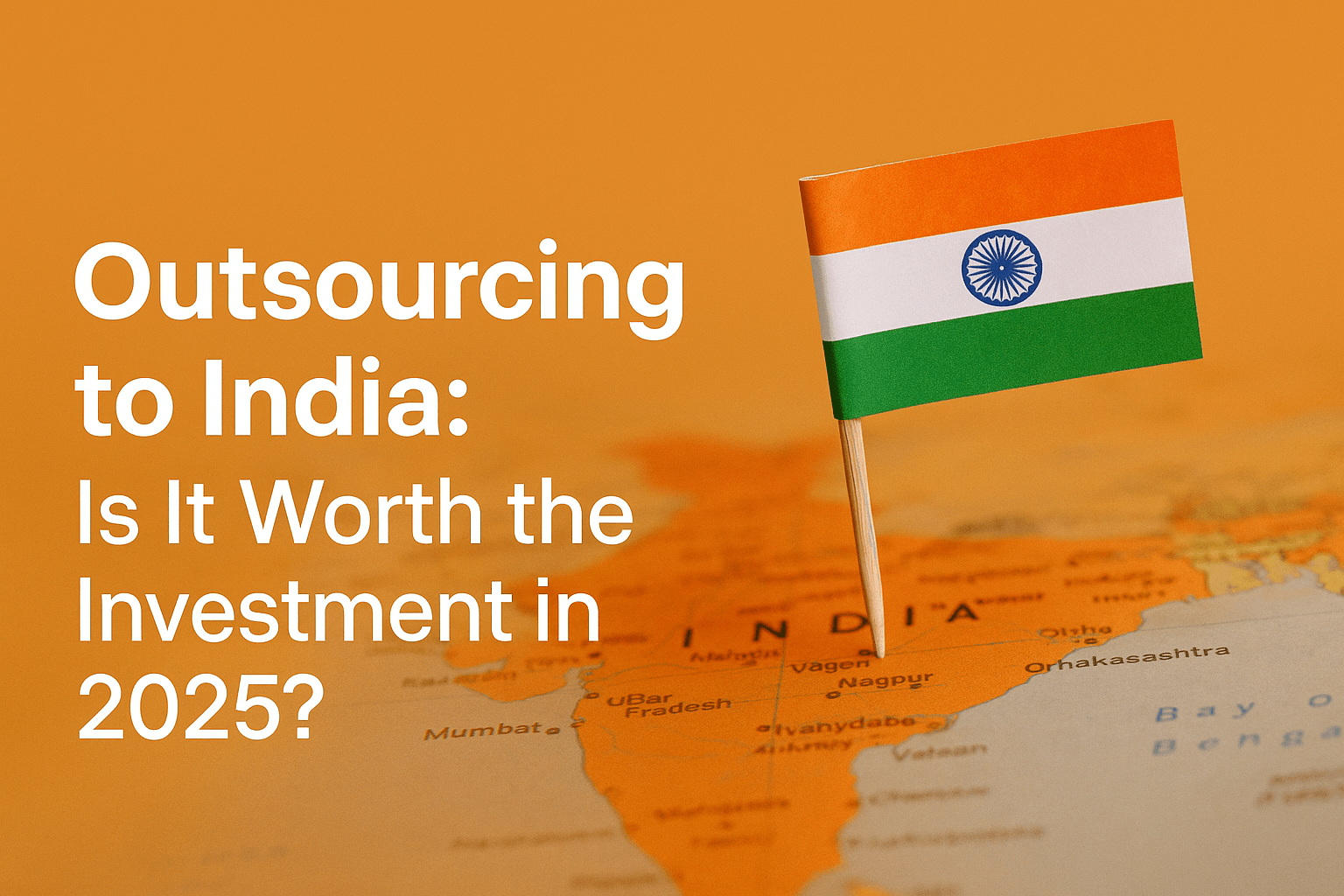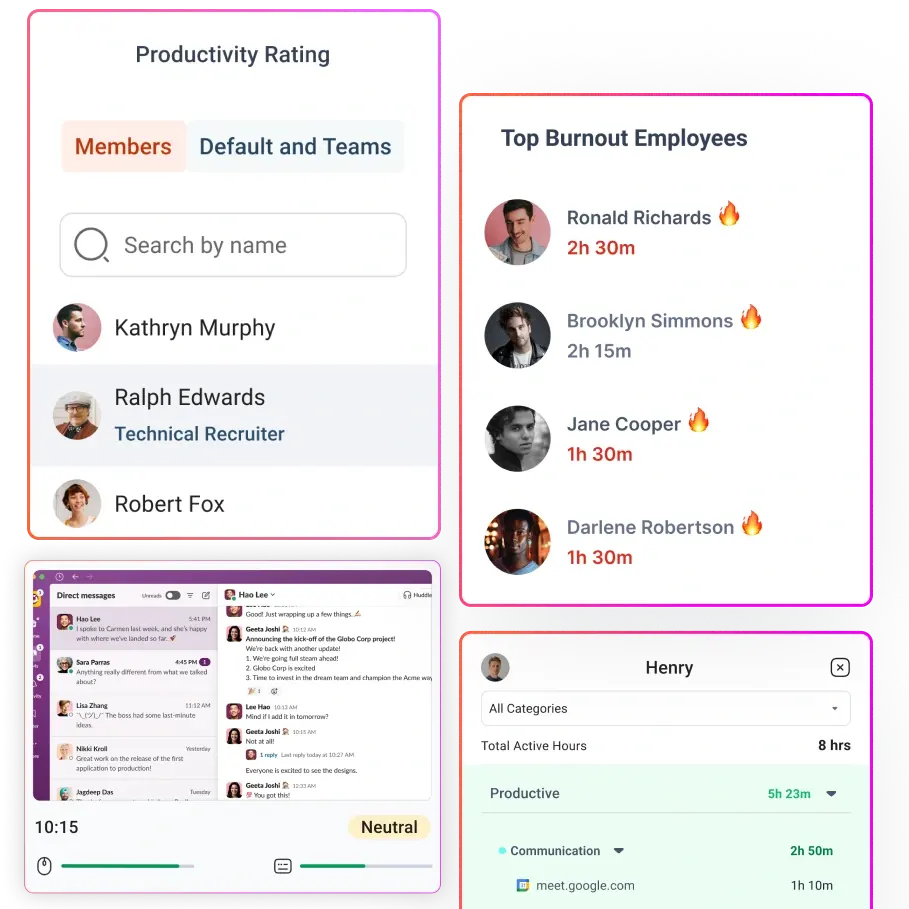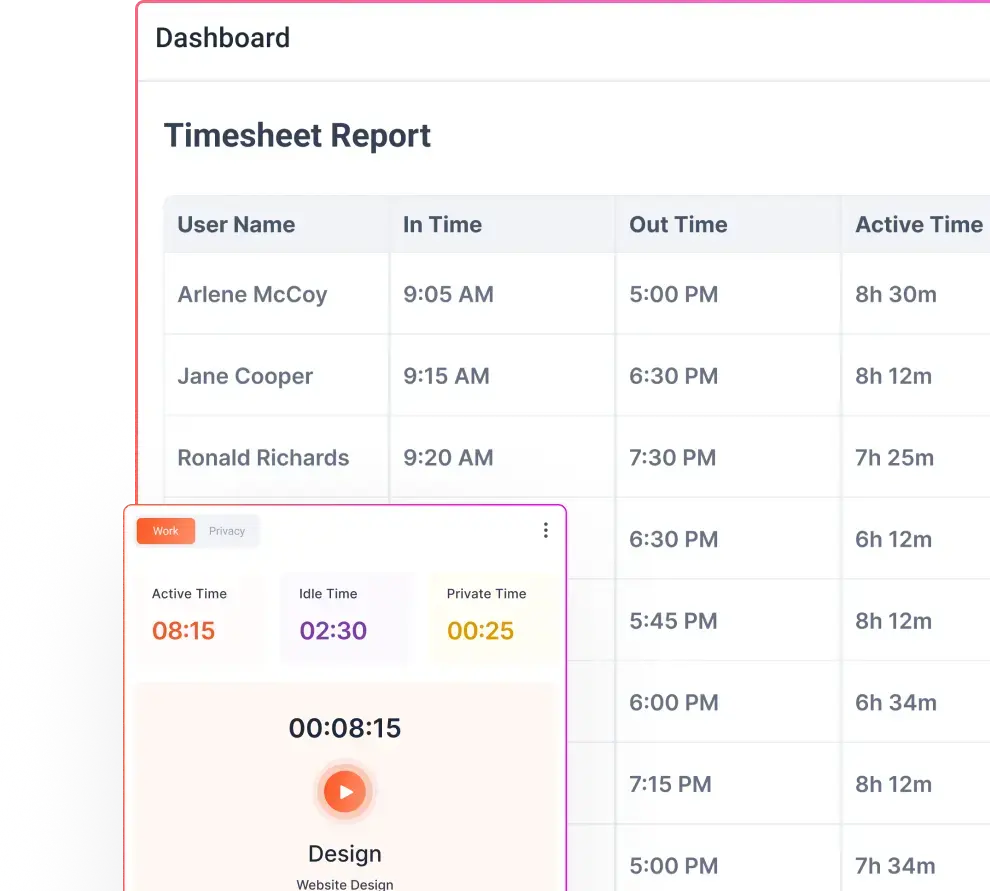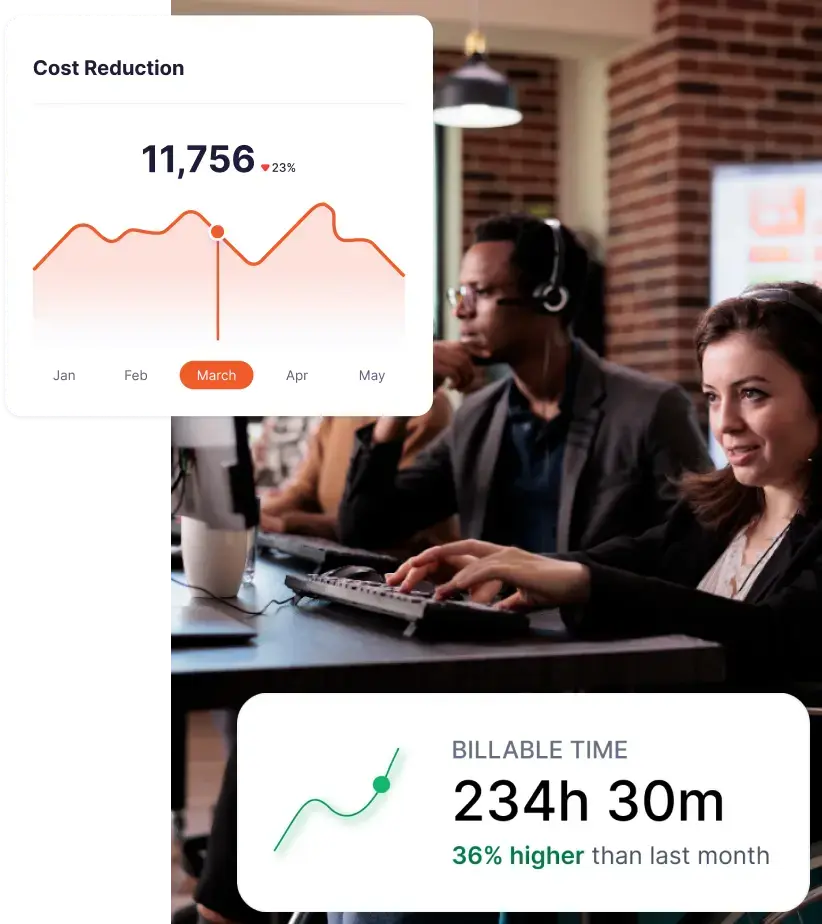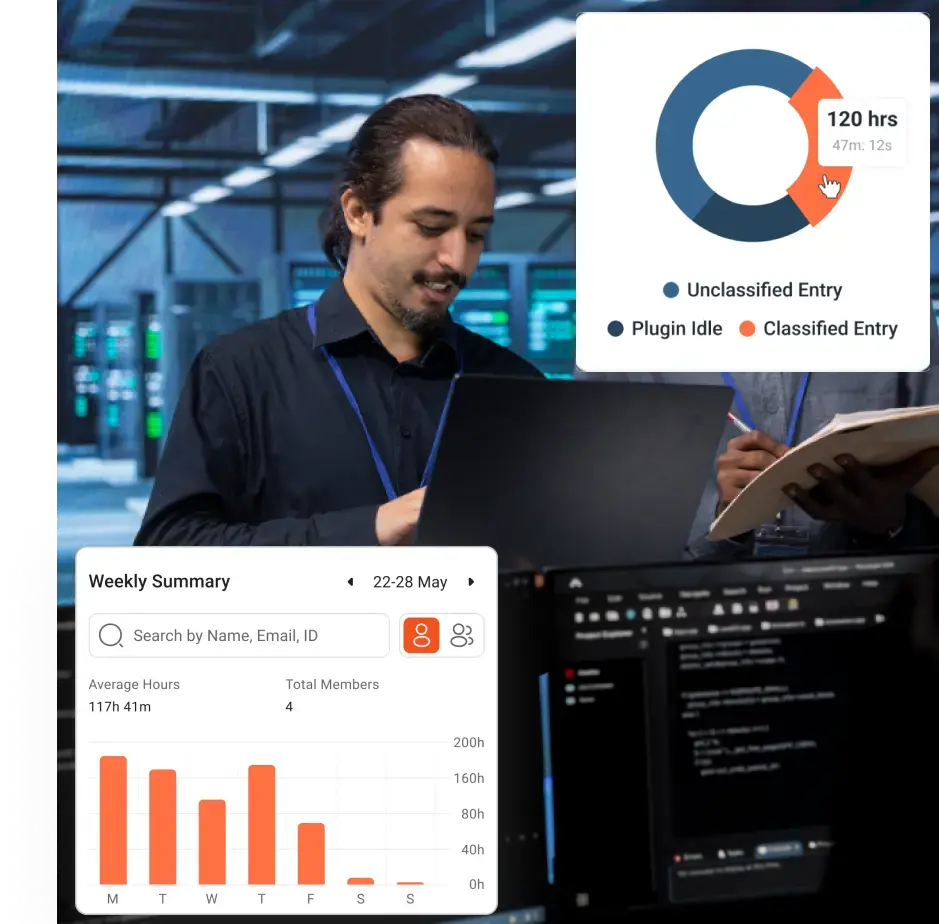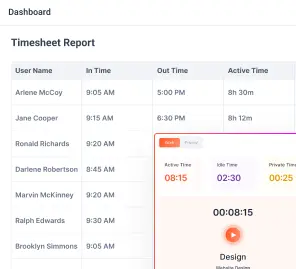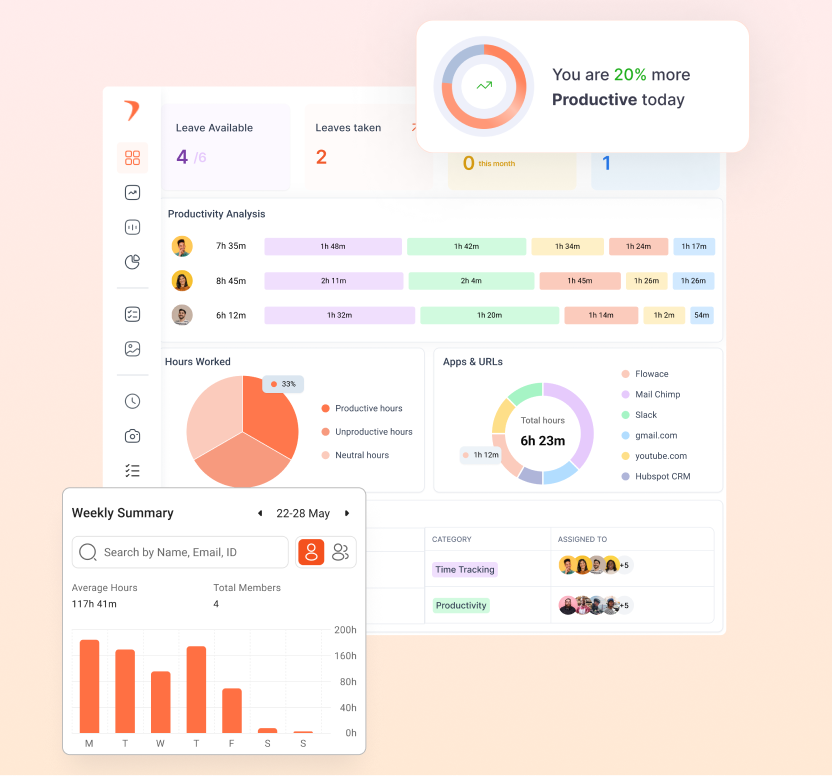BPO Industry Profits Margins
Profit margins are super important for businesses because they show how well they’re turning their revenue into profits after covering expenses.
It’s crucial, no matter what industry you’re in. For service businesses, profit margins reflect how efficient you are, your pricing strategy, and how well you manage costs.
However, BPO firms are finding it tough to make profits nowadays. Competition is fierce, and the effects of the recession are still lingering.
Profit margins are taking a hit. While making money might not be the main goal for call centers, they aim to be efficient, keep customers happy, and cut costs. These are the main things to look at when judging their profitability.
Just like any other business, BPOs make money by providing services. How much they make depends on the type of service, the client, and the deal they strike.
Let’s understand the profit margin and see ways you can increase the profit margins in the BPO industry.
Calculating the profit margin of a BPO is quite a straightforward process. Start by evaluating the service costs, considering factors like salaries, taxes, operations, and overhead expenses. Location plays a significant role in influencing these costs.
Boost by 31% using the innovative solution by Flowace!
Get Started for FreeThere are two key metrics to calculate:
1) Net Profit Margin:
Calculate by deducting operating expenses and taxes from gross income.
Formula: Net profit margin (%) = (Net profit / Gross income) x 100.
2) Gross profit margin:
Divide the gross profit by the total revenue for the year.
Formula: Gross profit margin (%) = (Gross profit / Total revenue) x 100.
The resulting percentages from these calculations give you an idea of your company’s profitability. For example, a 10% profit margin signifies that for every $1 of revenue, the company earns $0.10 in net profit.
Call center profit margin in India
The profit margin for call centers in India has dropped from 18-20% to 13-14%, showing a noticeable decrease. This decline has been going on for a while now. However, the future outlook is not entirely bleak.
India’s reputation for providing services to big companies from the West is well-established, and it’s also making strides in product-based technology.
While these factors do impact business, the evidence suggests that India still holds a strong position in the outsourcing industry. Its close relationships with Western countries like the US and the UK make it easier to maintain partnerships with top brands from those regions.
In the US, BPO centers typically make a profit margin of 20–30% on the service fees they charge. For instance, if the total fees amount to $2,000, the BPO might pocket around $200 as profit.
Call centers usually bill around $25 per staff hour. After covering software and labor expenses, they typically aim for a profit margin of about 10%.
Statista forecasts that the US BPO market will experience annual growth from 2024 to 2028, with a Compound Annual Growth Rate (CAGR) of 3.23%. This growth is expected to lead to a market volume of US$152.50 billion by 2028.
BPO pricing models You should be aware of
When it comes to BPO pricing, there are three main models to consider: hourly, transaction-based, and FTE-based. Each model has its strengths and is suited to different situations. Whether you’re nearshoring or offshoring, you’ll likely have to pick one of these models. If you’re looking for ways to make money online, understanding these models can help you leverage BPO services and optimize your costs.
Hourly-based Model
The hourly-based model is commonly used by call centers, where providers charge a fixed rate regardless of the number of tickets they handle. It’s simple and similar to in-house pricing, making budgeting and setup easy. With this model, you pay based on the total number of third-party agents assigned to your account and their working hours.
This pricing model is best suited for businesses with high ticket volumes that warrant a full-time agent team with minimal downtime. It’s also suitable for clients who want to incentivize agents to personalize customer interactions, thereby improving the overall customer experience and first-call resolution (FCR) rate.
Transaction-based Model
The transaction-based model in BPO pricing charges per transaction or unit, like each output or data entry completed by third-party workers. Unlike the FTE-based model, where effort and input determine the price, the output is the main measurement. The client needs to specify what constitutes a unit for the BPO.
This pricing model works well for tasks like data entry or specific steps in cloud services like research. Clients find it useful when transaction volumes vary widely, especially when there are low transaction counts with high fluctuations.
FTE-based Model
The FTE-based model in BPO pricing is the most established among the three. Here, the final price is determined based on the time and resources the service provider dedicates to completing the project.
This model is commonly used for tasks like software development projects or other complex processes where the output may need clearer, measurable baselines. It’s also preferred when transaction levels are consistently high but don’t fluctuate significantly.
How do you increase the profit margin in BPO?
Track productivity
Tracking employee productivity involves analyzing their daily work to spot patterns, obstacles, and chances to improve. Call centers can use employee monitoring tools to get real-time data on performance and productivity.
These tools help identify actions that cost money and processes that improve efficiency. Investing in Flowace can quickly boost your profit margin.
Track efficiency
Keeping track of efficiency is much needed to handle customer orders and transactions smoothly. When you focus on improving efficiency, you can see how it impacts your profit margin.
For example, automating processes like customer orders, using tracking software for shipping data, and keeping an eye on how well your production, sales, and warehousing teams perform can all lead to increased efficiency.
Boost your customer retention
Boosting customer retention and lead conversion is crucial for business success. You can strengthen your profit margin by focusing on keeping customers satisfied and encouraging repeat transactions, such as subscriptions or additional purchases.
Understanding retention and satisfaction rates helps develop strategies to improve service, product quality, and loyalty programs. As customer retention improves, so does revenue, leading to a healthier overall profit margin.
Use your BPO center data as a strategic asset
Using the contact center as a strategic asset involves tapping into the daily wealth of data it collects.
As the organization’s information hub, the contact center gathers valuable insights about customers and robust data on products, services, and marketing. This information can be shared across departments to drive innovation, improvements, and long-term growth.
Evaluate revenue streams
Assessing revenue streams is important for understanding how your business generates income. It’s vital to evaluate different sources of revenue to see which ones are costing more but yielding less return.
So, when you cut out inefficient income streams that consume more funds than others, you can redirect resources to more successful methods, ultimately boosting your profit margin.
Boost by 31% using the innovative solution by Flowace!
Get Started for FreeEliminate low-performing goods
Getting rid of underperforming products can be beneficial for companies. Keeping outdated or low-performing goods around can eat into profits.
When you assess these products according to industry standards, companies can decide whether to update or discontinue them altogether.
Either way, investing in products that sell better frees up cash, boosting sales revenue and profit margins.
Motivate your staff
Motivating your staff can have a big impact on your profit margin. Happy employees who feel comfortable in their roles and know how to sell products effectively can boost sales.
Tools like Flowace, which monitors employee performance, can help them understand their role in reaching company goals and improve their motivation and performance.
Providing up-to-date training and encouraging staff to use the products they sell can also increase their product knowledge and success in selling.
Commitment
Keeping commitments is a must for maintaining a good reputation in business. Make sure not just to take orders but also to fulfill them promptly and with high quality. This helps in customer satisfaction and reduces the chances of complaints.
What’s next for improving contact center profitability?
The top points are for business managers to focus on to improve the BPO profit margin.
These are simple changes that can yield significant benefits. Improving soft skills like empathy, active listening, and decision-making is crucial for customer satisfaction, lifetime customer value, and profitability.
You can schedule a demo call with us if you want to learn more about tools and applications that can boost productivity and profitability.








